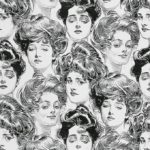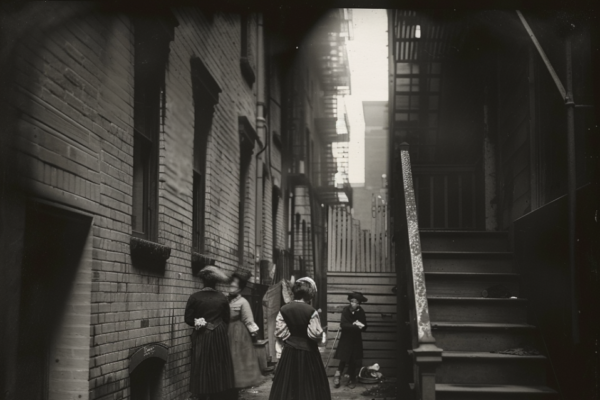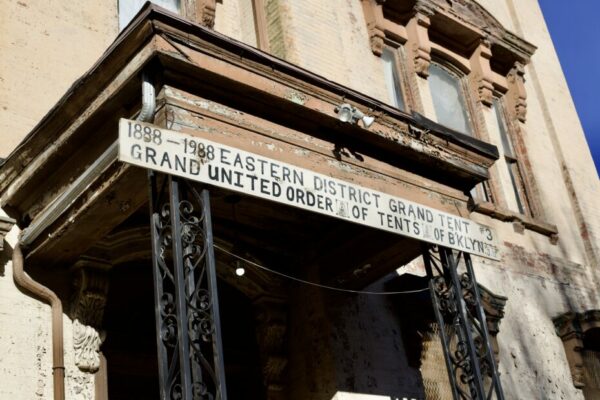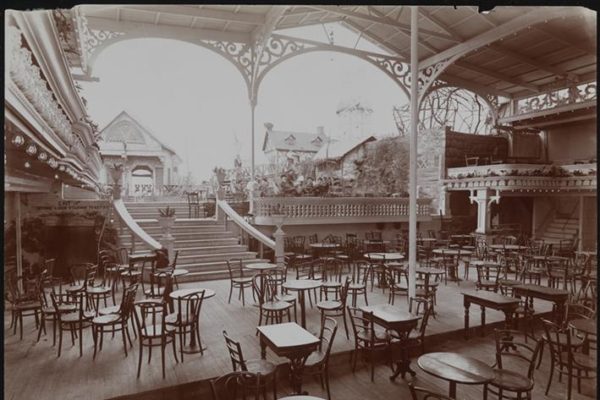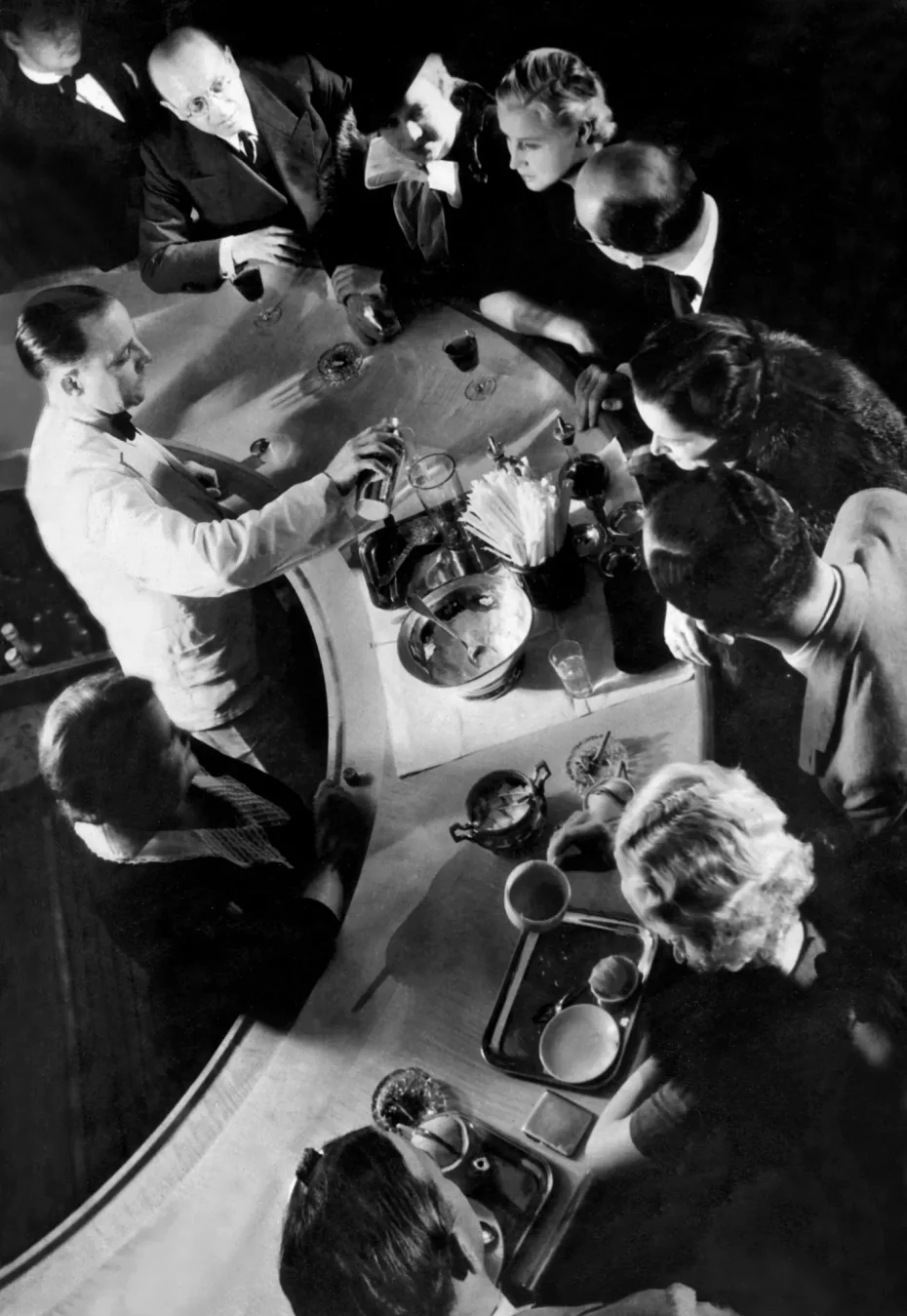
Trying to determine the exact moment a cocktail was invented is an elusive task, like trying to pin a particularly slippery olive at the bottom of your Martini glass with a cocktail stick. In much the same way you can visit virtually every old inn or hotel on the American East coast to be met with a plaque boasting that George Washington once slept here, venture into any number of bars, peruse the menu and you will find grand claims that here, in eighteen hundred and such and such, the Blue Blazer, the Cameron’s Kick, the Grasshopper or the Boulevardier was first invented. Some barman’s tales should be taken with the same touch of salt as you would your tequila slammer, but behind each legend lies a certain degree of refreshing truth. Indeed it is entirely possible that two bright sparks behind bars at opposite ends of the country came up with the same concoctions around the same time. But let’s find the bars making their claim to fame, and enjoy a cocktail or two…
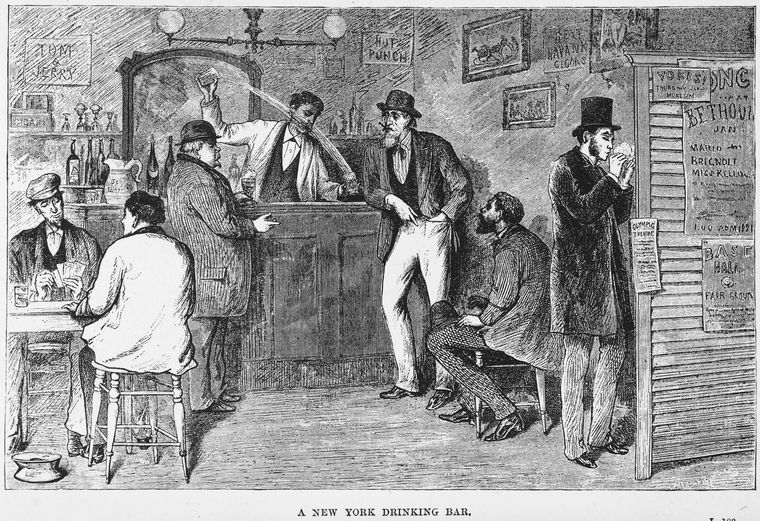
The Manhattan
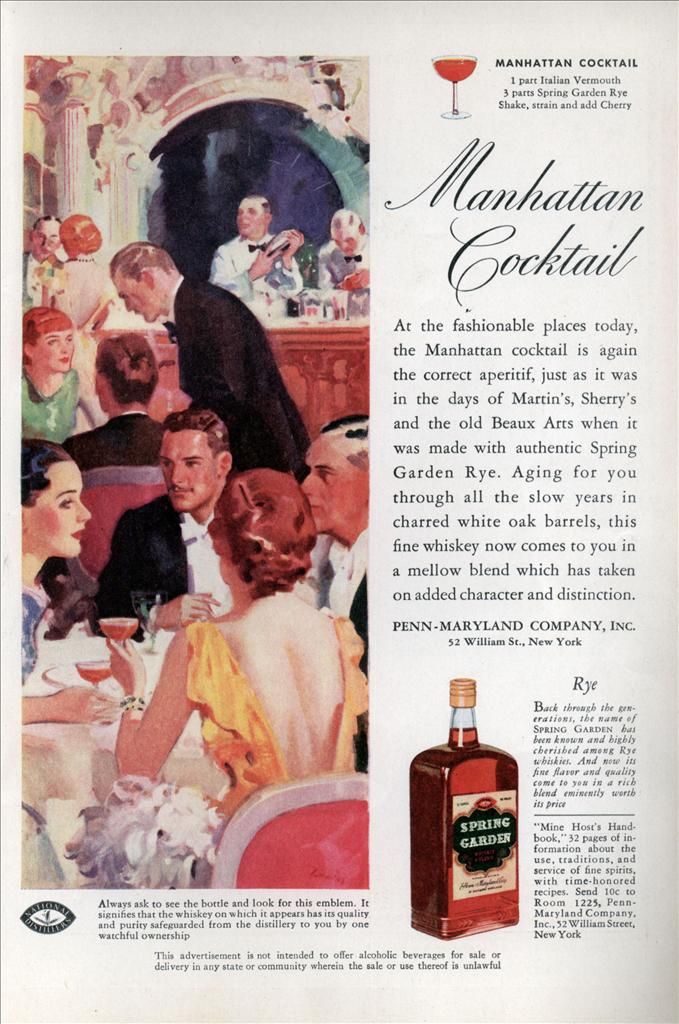
There are many cocktails named for cities and countries, but whilst the Moscow Mule, Singapore Sling, and Cuba Libre all have their merits, none hold a candle to the cocktail that bears the name of the great Metropolis of Manhattan. A delicious mixture of whiskey (rye preferably), vermouth, and a touch of bitters, stirred in ice, strained and garnished with a simple cherry, from the moment it first appeared in the 1800s, the Manhattan swiftly became a staple of the New York cocktail menu. “The Manhattan should look and taste like Frank Sinatra in a glass,” wrote Tony Abou-Ganim, the great Modern Mixologist. “Holding one in your hand gives you an instant status of high class, sophistication, and quality.”
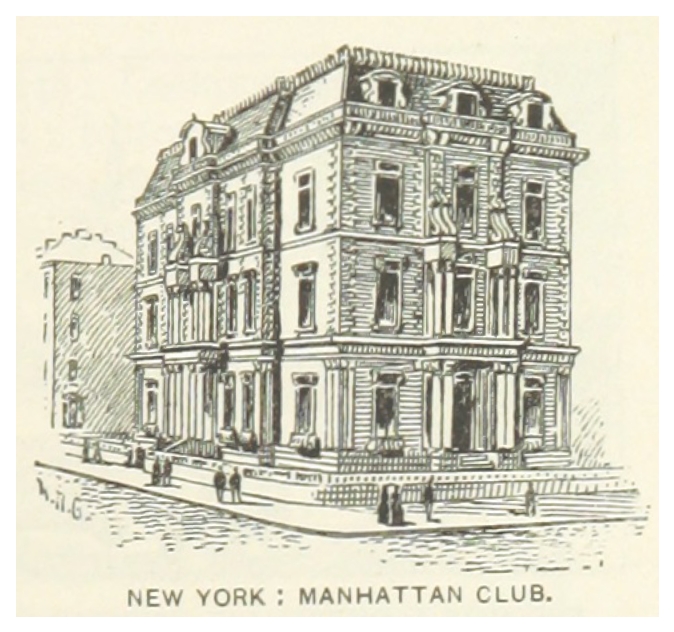
The most popular of legends has the Manhattan being invented in 1874 at the Manhattan Club an elite private members club that once occupied the north east corner of Madison Square Park on East 26th Street. Founded in 1865, the elegant building was sadly torn down by developers in the 1960s, the Club itself dissolving a decade after.
One story goes that a bartender was invited to create a new cocktail to honor the newly elected Governor Samuel Jones Tilden, whilst another has a club member being warned by his doctor that he was drinking too many martinis and had to reduce his caloric intake, and so a bar tender invented the supposedly more healthy Manhattan. Perhaps because of its simple and widely available ingredients, the Manhattan became one of the classic mixed whiskey drinks that hasn’t changed in a hundred and fifty years.
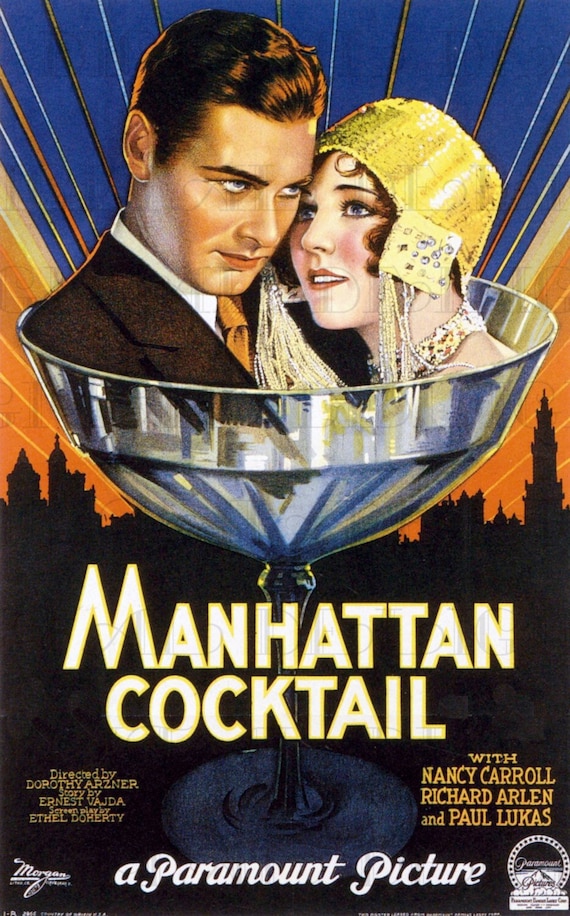
As Bridget Albert put it in her forward to “The Manhattan Cocktail: A Modern Guide to the Whiskey Classic”, the drink “dates back to the era after the Civil War ended. During that time period, horse racing’s Triple Crown was born…Yellowstone National Park, the nation’s first such park was established…Ulysses S. Grant was serving his second term as president of the US; Alexander Graham Bell was granted a patent for the telephone – and someone in New York invented the Manhattan cocktail. In other words, the United States was just beginning to hit its stride.’
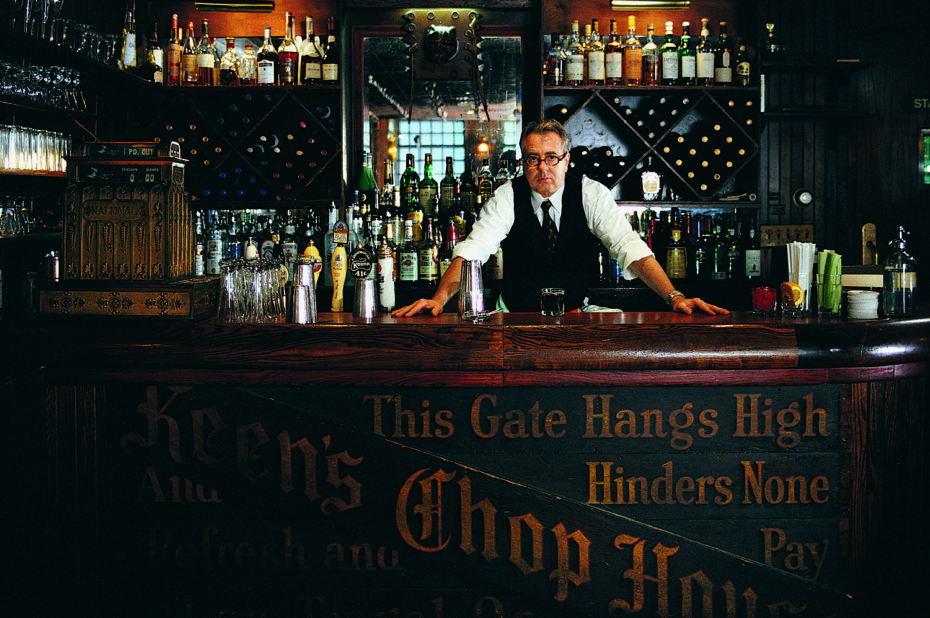
As the Manhattan Club was sadly replaced with a faceless, modern skyscraper, our advice is to head ten block north to Keens Steakhouse, which opened just a few years after the Manhattan was invented, and serves one of the best in the city.
The Dry Martini
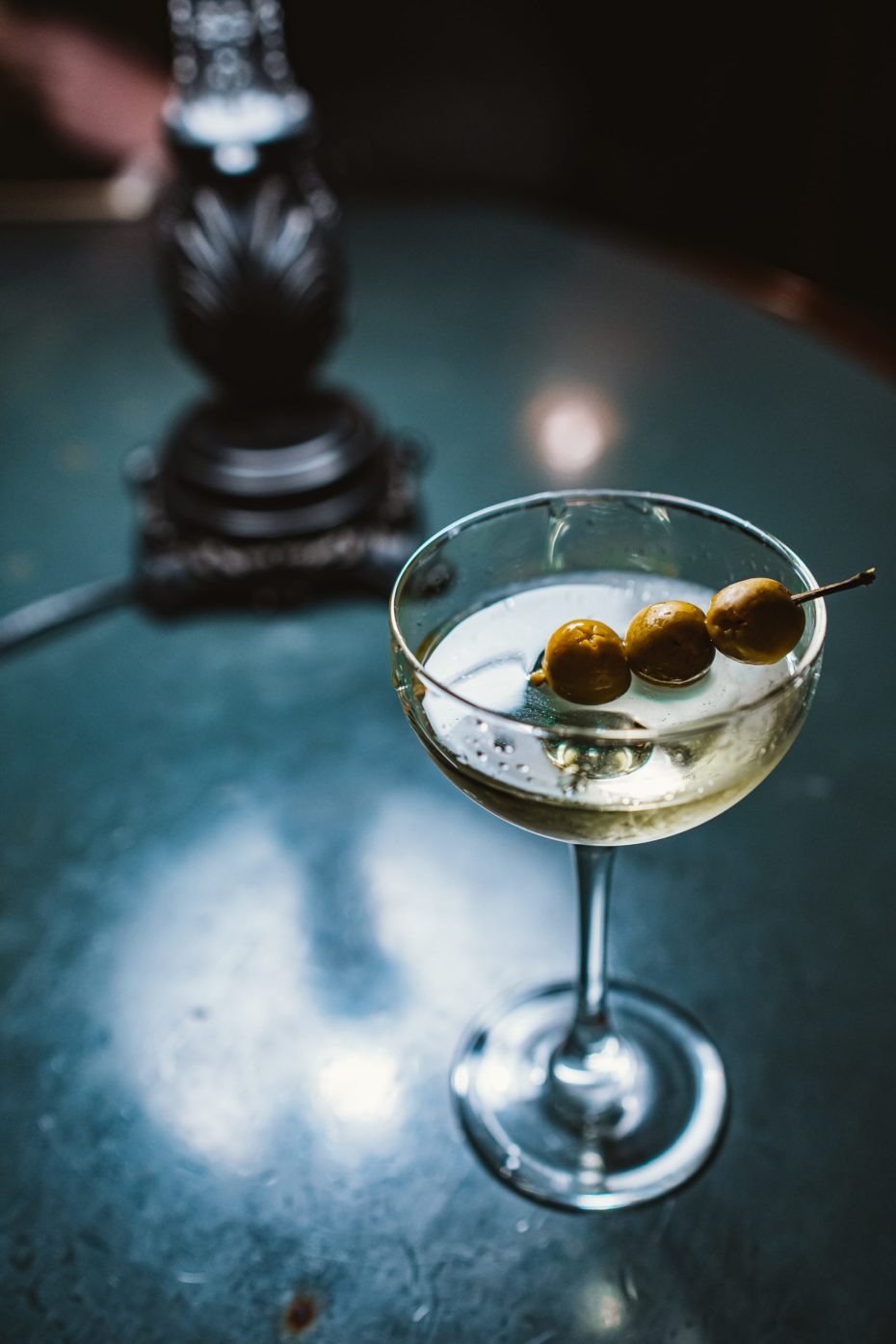
The first Martini is thought to have originated in San Francisco around the 1850s, when a gold prospector headed for Martinez, California, asked celebrated bartender ‘Professor’ Jerry Thomas – the Pioneer of the American Cocktail – to mix him up ‘something special’. The mixture of Old Tom Gin, vermouth, maraschino and bitters was named the ‘Martinez’ in his honour. But the elegant dry martini – dry meaning just a dash of vermouth – traces its roots to a refined Beaux Arts hotel located amidst the din of New York’s Times Square.
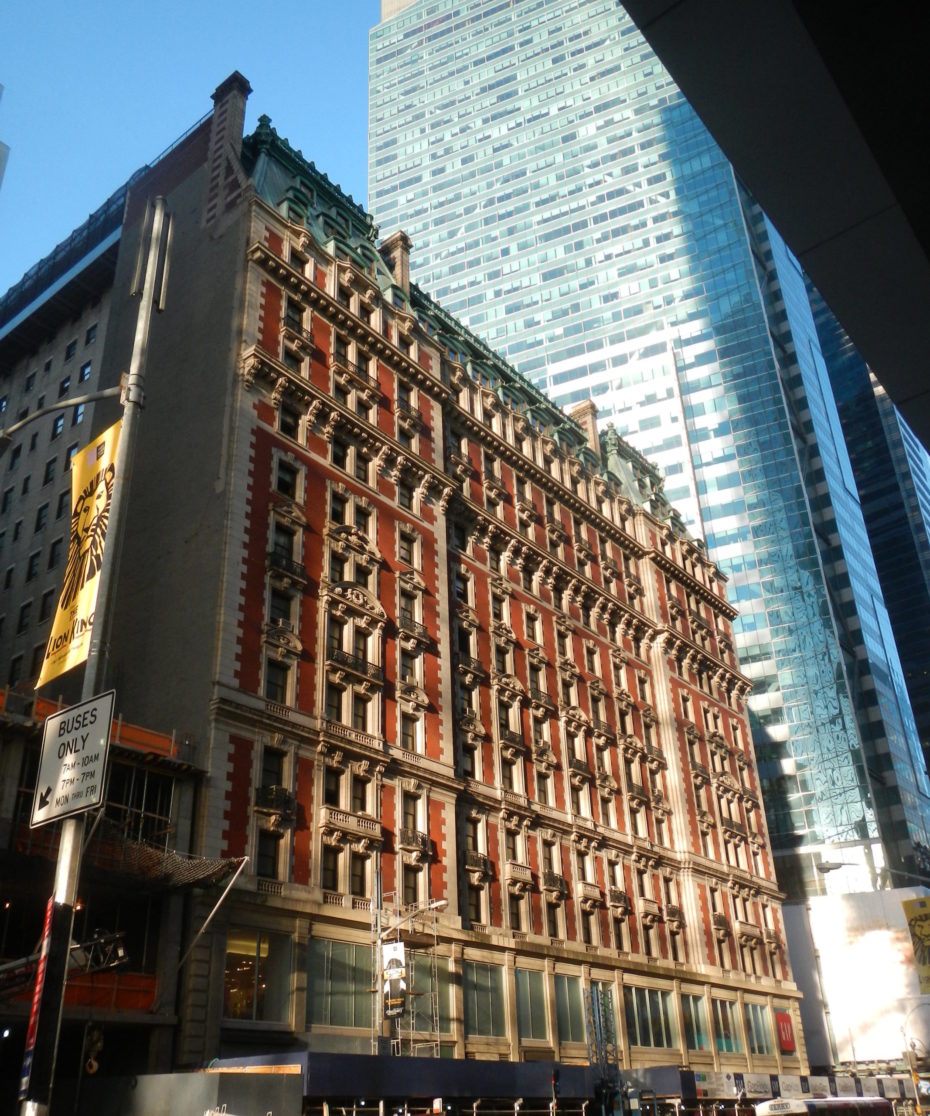
John Jacob Astor’s Knickerbocker Hotel opened in 1906, and the bar room became such a welcoming haven to the likes of F. Scott Fitzgerald and John D. Rockefeller, that it was dubbed the ‘42nd Street Country Club.’ And it was here in 1912 that bartender Martini di Arma di Taggia is said to have invented his famous namesake. Today, you can enjoy what H.L. Mencken called, “the only American invention as perfect as the sonnet” at either the Charlie Palmer bar, or at the St. Cloud rooftop bar. Afterwards, head down into the Times Square subway station and at the end of Track 1 on the S shuttle than runs between Grand Central Terminal and Times Square, you’ll spy an anonymous looking white door on the platform. But glance at the lintel and you’ll see an old metal sign stamped ‘KNICKERBOCKER’. In the hotel’s heyday, this was once a secret entrance to the bar where, so they say, the Dry Martini was first enjoyed.
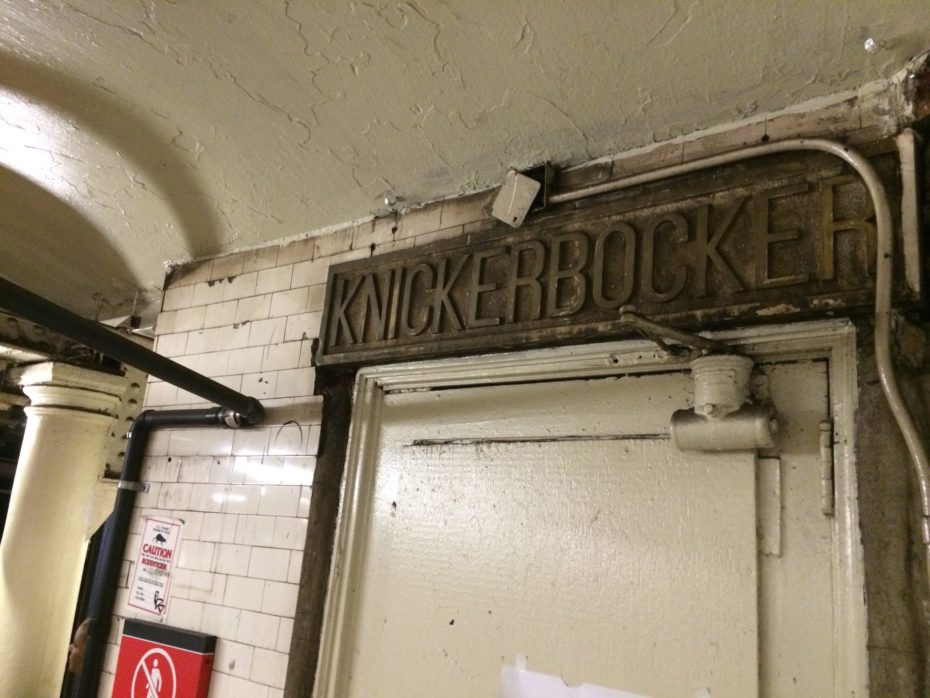
The Gibson
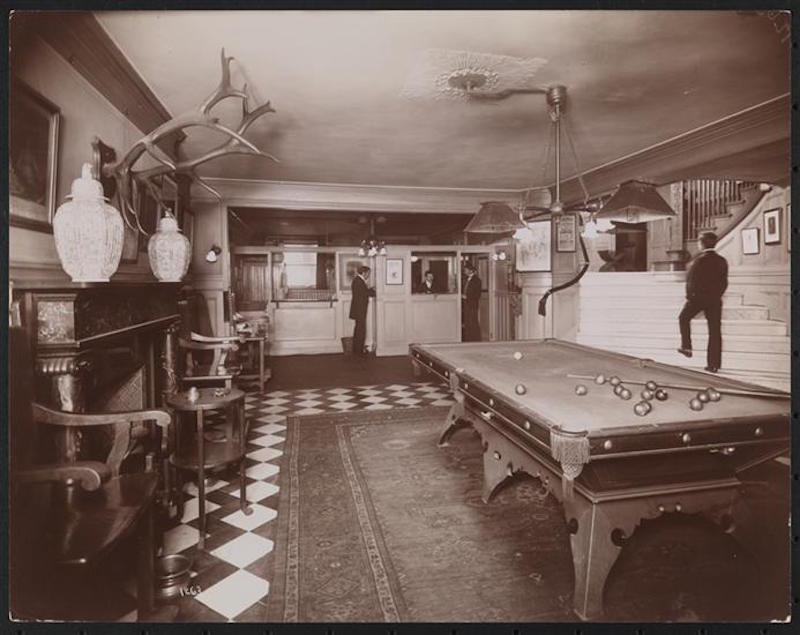
One of our favourite cocktails traces its roots to one of our favourite places in the city, the Players. Set up among the exclusive and leafy surroundings of Gramercy Park, the Players is a glittering private members club dating back to the Gilded Age. An elegant haven for actors, artists, musicians and the bon vivant, the atmosphere at the Players is vibrant and fun as it was when it opened its doors on New Year’s Eve, 1888.
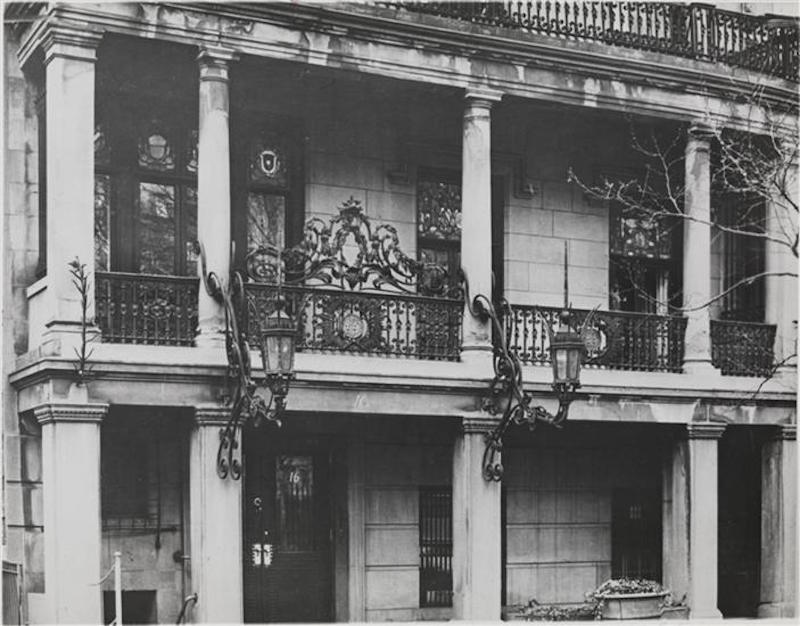
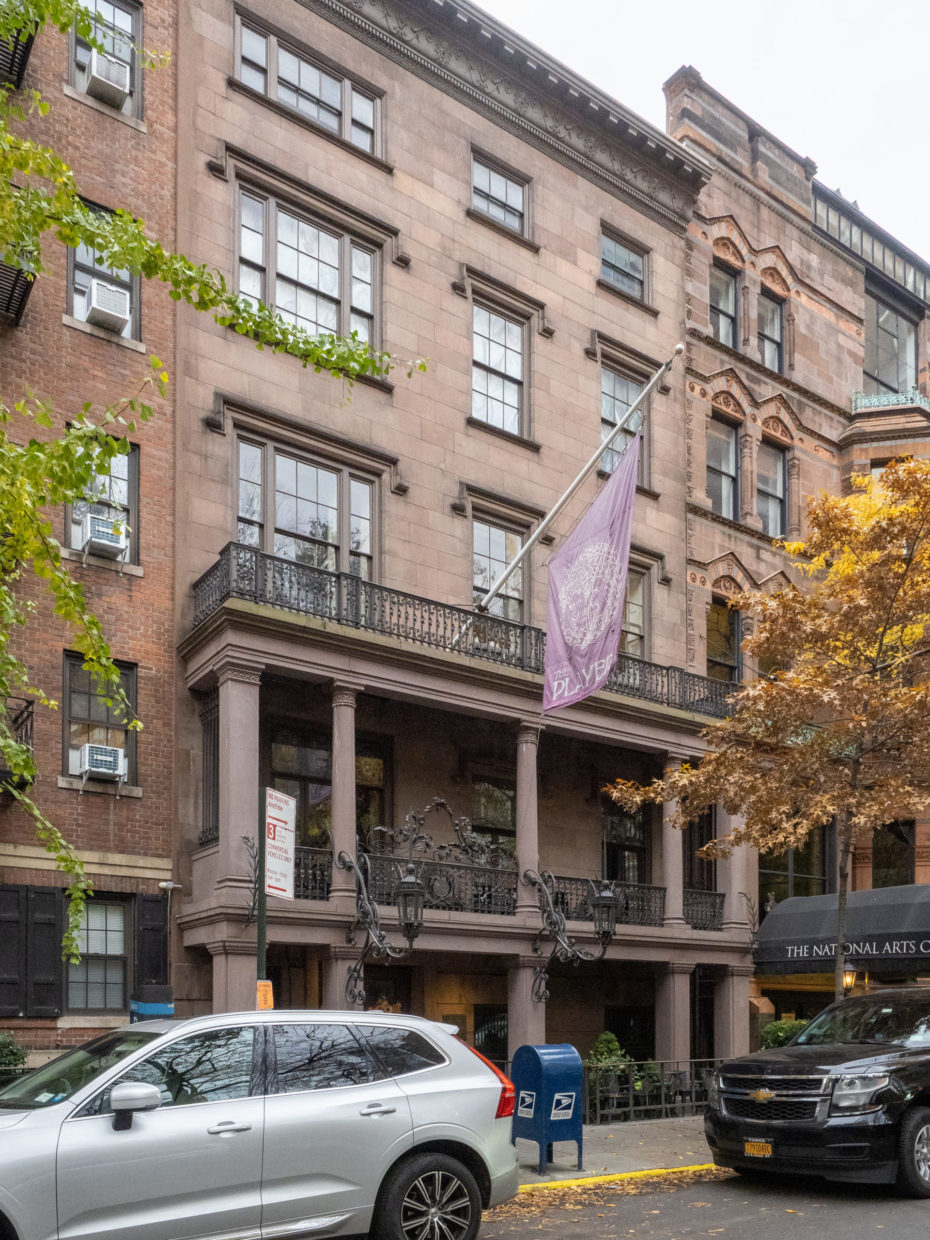
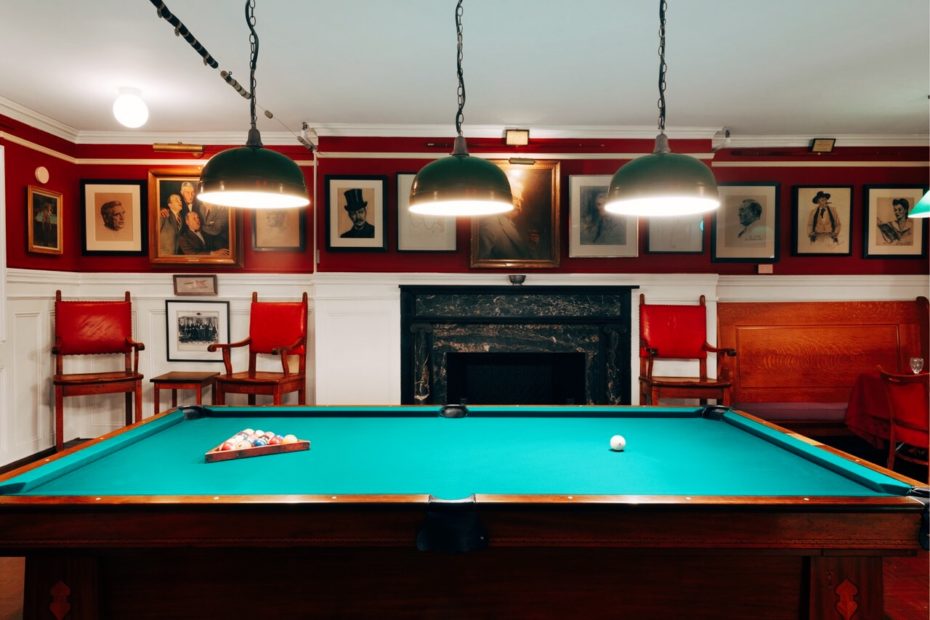
One evening, the celebrated illustrator Charles Dana Gibson stopped by the magnificent Stanford White designed mansion on Gramercy Park South in search of refreshment. Gibson was known for his popular pen and ink illustrations of the so-called ‘Gibson Girl’ that first appeared in the 1890s and soon became the visual personification of the modern American woman. “She appeared in a stiff shirtwaist, her soft hair piled into a chignon, topped by a big plumed hat,” wrote Susan E. Meyer, “infinitely more spirited and independent, yet altogether feminine. Though always well bred, there often lurked a flash of mischief in her eyes.” Inspired by models and socialites such as Evelyn Nesbit, Charles Dana Gibson explained, “I’ll tell you how I got what you have called the ‘Gibson Girl.’ I saw her on the streets, I saw her at the theatres, I saw her in the churches. I saw her everywhere and doing everything. I saw her idling on Fifth Avenue and at work behind the counters of the stores.”
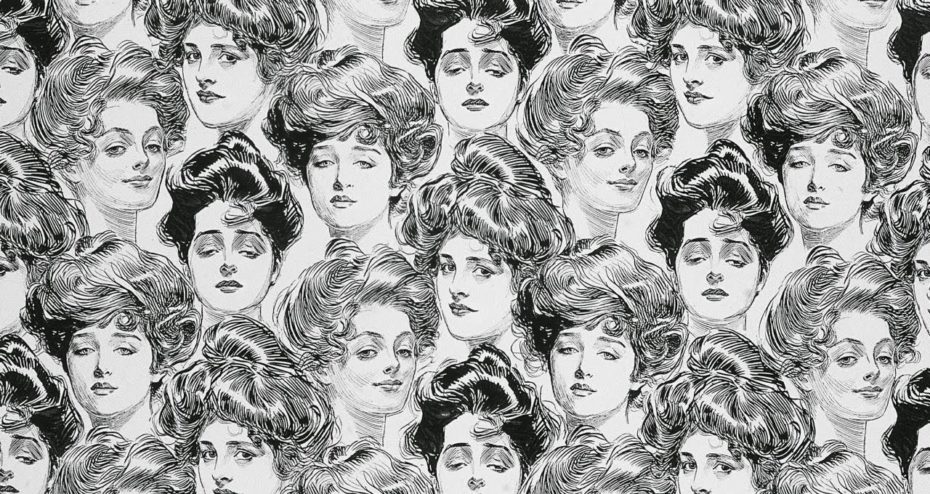
As Players’ legend has it, Charles Dana Gibson challenged bartender Charley Connolly to improve upon the venerable gin martini. Connolly deftly replaced the olive with a cocktail onion, and named the drink after the famous illustrator.
The Cosmopolitan
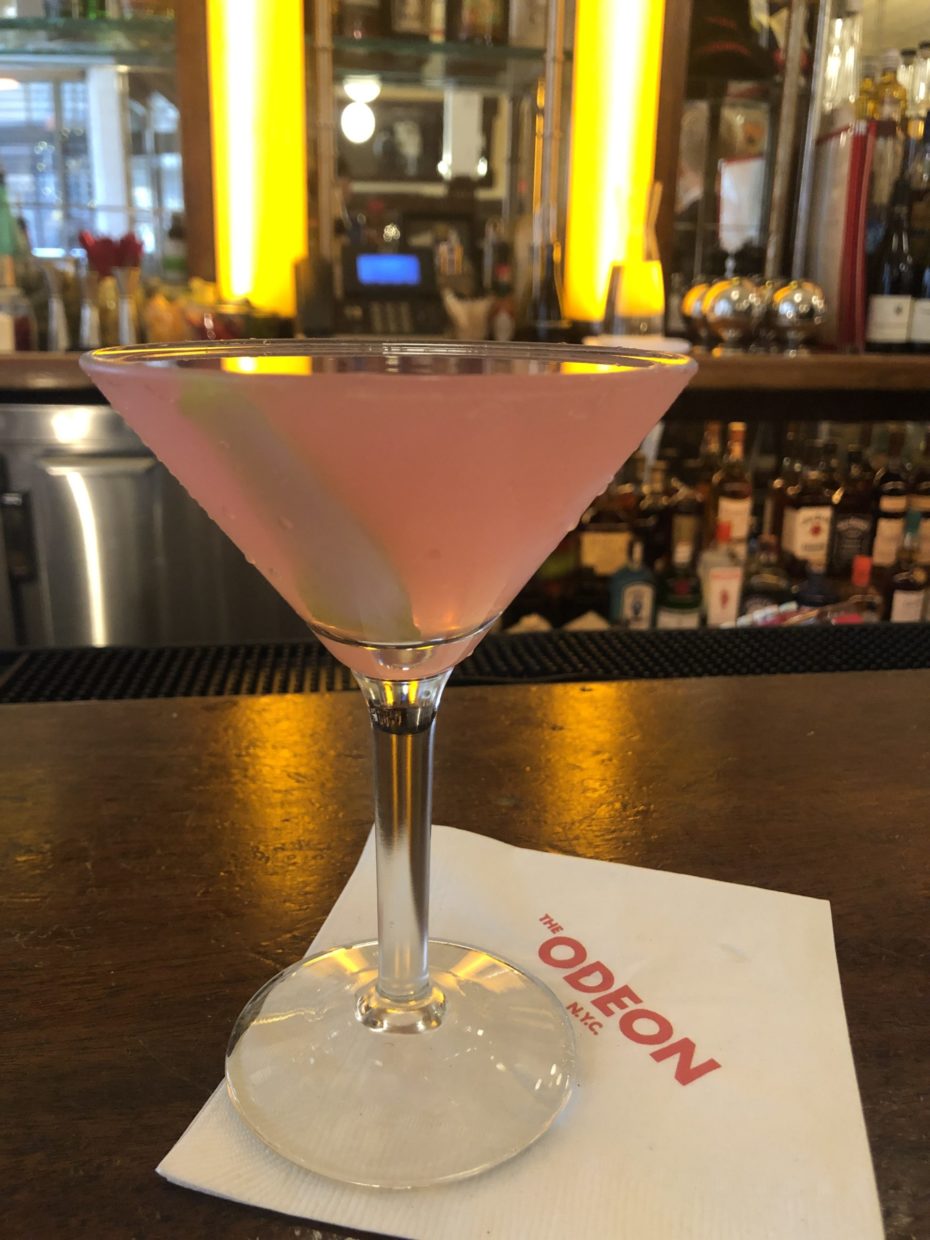
Nothing is quite as evocative of 80s and 90s Manhattan nightlife as the colourful Cosmopolitan, known the city over as just the ‘Cosmo’. A vibrant mix of vodka, Cointreau, cranberry and lime, shaken with ice and strained into a chilled cocktail glass with a twist of lemon, the cocktail chugged down in ‘Sex and the City’ was created at famous Odeon Restaurant. For forty years, the French-style brasserie has occupied the corner of West Broadway and Thomas Street in Tribeca, a late night haven for artists, actors and writers like Andy Warhol, Basquiat, John Belushi and Jay McInerney, who put the distinctive red neon ‘Odeon’ sign on the front cover of his 1984 tale of life in Manhattan’s fast lane, ‘Bright Lights, Big City.’
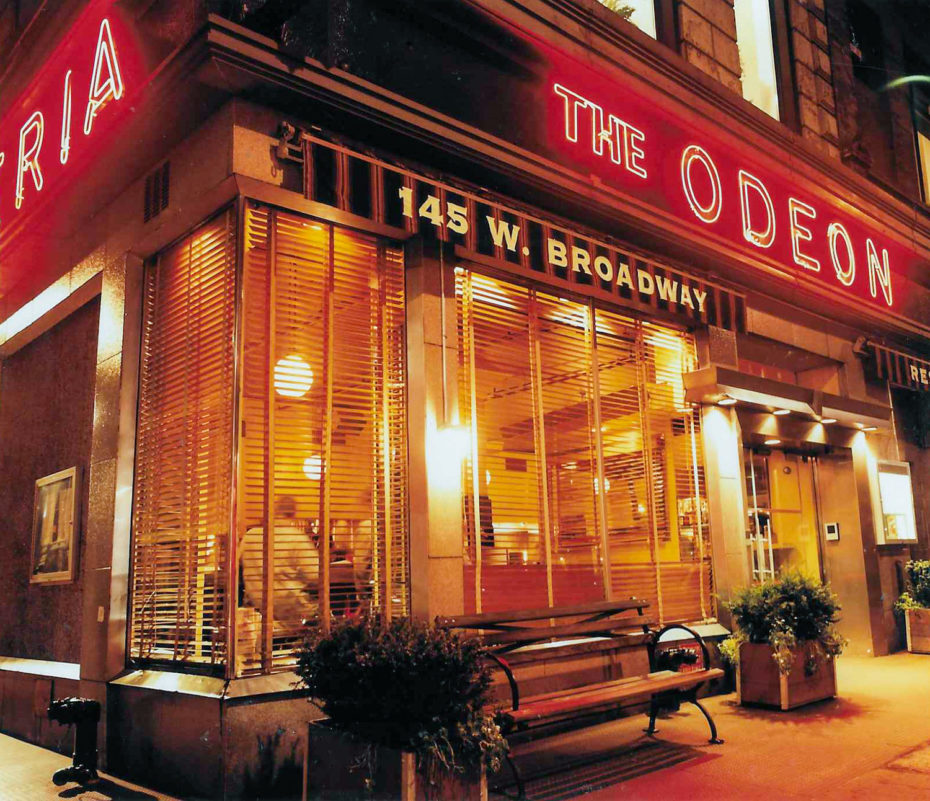
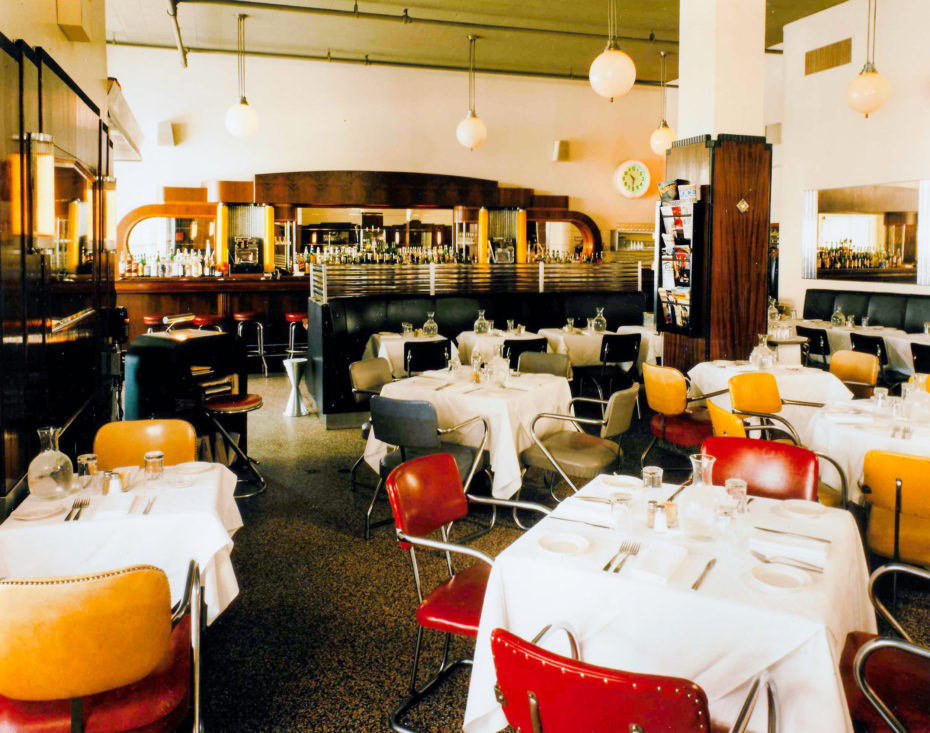
It was here, at the exquisite wood panelled bar that Toby Cecchini is widely credited with inventing the Cosmopolitan. There had been a slightly more lurid version cropping up at San Fransisco gay bars in the early 1980s, featuring Rose’s lime juice and grenadine. Cecchini picks up the tale; “In 1988, a girl who worked with me had friends from San Francisco visiting New York and they showed her this drink. It was gross, but it looked pretty. I went about reconstructing it, using what we were using at the time to make Margaritas – fresh lime juice and Cointreau. Also, Absolut had just come out with Citron, a lemon-flavored vodka. So I took the Cointreau, fresh lime juice and the Citron, and to approximate the Rose’s Grenadine I grabbed cranberry juice that was on hand from Cape Codders. We were always making drinks for the staff, so I started serving it to the waitresses. They were crazy about it. It became our staff drink, and soon the staff started turning the regulars onto it.”
The refreshing elixir soon became a staple of Manhattan’s cocktail bars and night life. Cecchini recalls Madonna and Sandra Bernhard regularly stopping by the Odeon, “and they would be like, “Boyfriend! Give us more of that pink drink!”
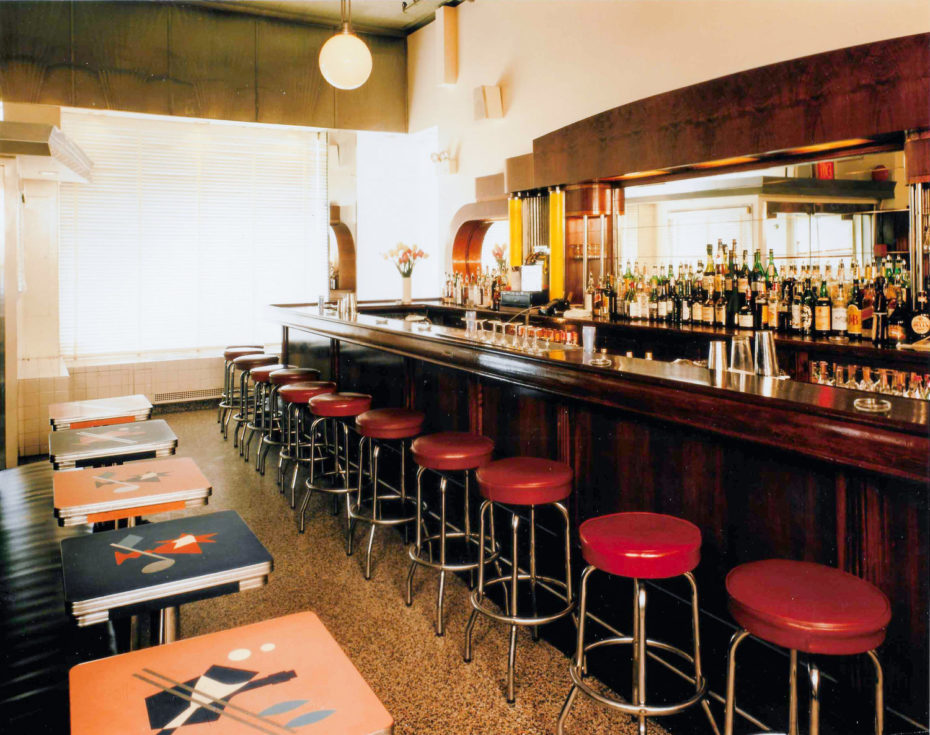
Today the Odeon might not be quite the hedonistic whirlwind it was during the Yuppie years, but remains an elegant Parisian style bistro, complete with red banquette seating, a superb long bar and well made cocktails on the bill of fare, where at the top of the list, you’ll find the Cosmopolitan.
The Bloody Mary
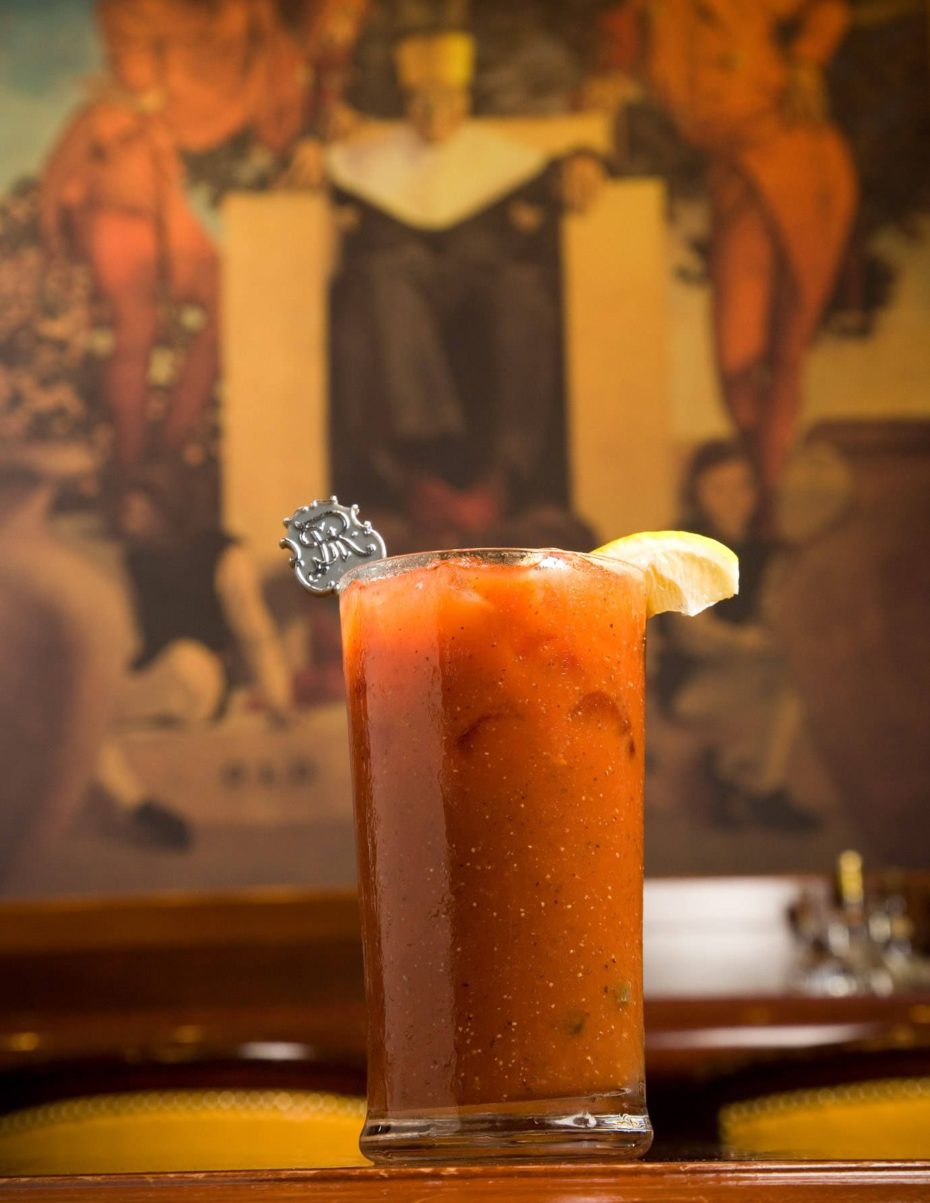
After a long night out on the tiles, one of New York’s greatest comforts is to start the next day with a comforting brunch, that more often than not, will be accompanied by that queen of restoratives and pick-me-ups, the Bloody Mary. Virtually every cafe, restaurant and bar will offer some form of the cocktail, often garnished with a veritable garden of celery, olives, peppers and the like.
But at its simple best, the Bloody Mary is based on the twin bedrocks of vodka and tomato juice. Whilst several other places lay claim to first serving up the cocktail, notably the sadly lost 21 Club in Midtown, and Ernest Hemingway’s beloved Floridita in Havana, the story which seems to hold up best can be traced to one of New York’s most exquisite of grand hotels, the luxurious St. Regis on East 55th Street.
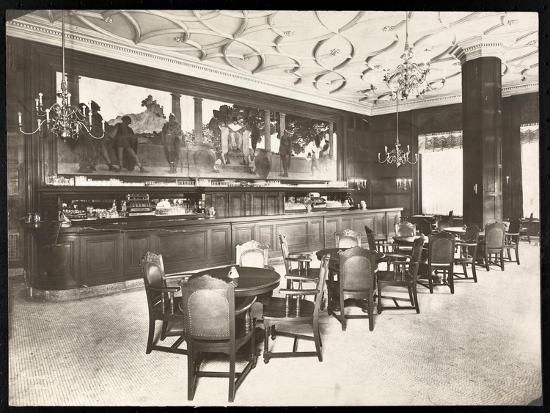
It was here, working underneath the beautiful backdrop of Mayfield Parish’s sumptuous mural of Old King Cole which gave the hotel bar its name, that French bartender Fernand Petiot first put the restorative on the menu. Back in 1921, Petiot was working in the sublime Harry’s New York Bar in Paris, when he began experimenting with what was colourfully called ‘The Bucket of Blood’, but it was at the St.Regis that he began refining the spicy cocktail.
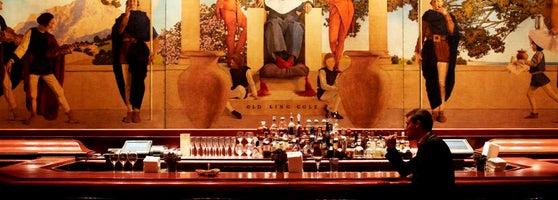
“It was really nothing but vodka and tomato juice when I took it over,” Petiot explained. “I cover the bottom of the shaker with four large dashes of salt, two dashes of black pepper, two dashes of cayenne pepper, and a layer of Worcestershire sauce; I then add a dash of lemon juice and some cracked ice, put in two ounces of vodka and two ounces of thick tomato juice, shake, strain, and pour. We serve a hundred to a hundred and fifty a day here in the King Cole Room.”
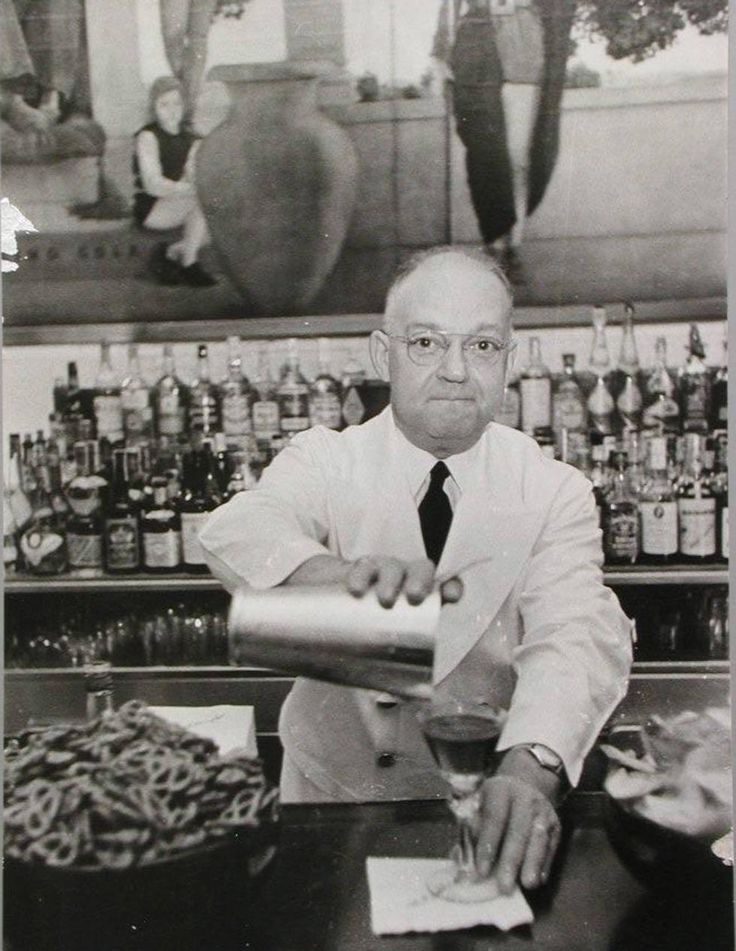
The hotel’s owner, John Jacob Astor IV, one of the wealthiest men in America but who would die on the RMS Titanic, was said to have found the name too lurid, so Petiot rechristened his concoction the ‘Red Snapper’, which you will still find today as the signature drink on the cocktail menu at one of the most beautiful hotel bars in the city, the King Cole Bar at the St. Regis.
The Long Island Iced Tea
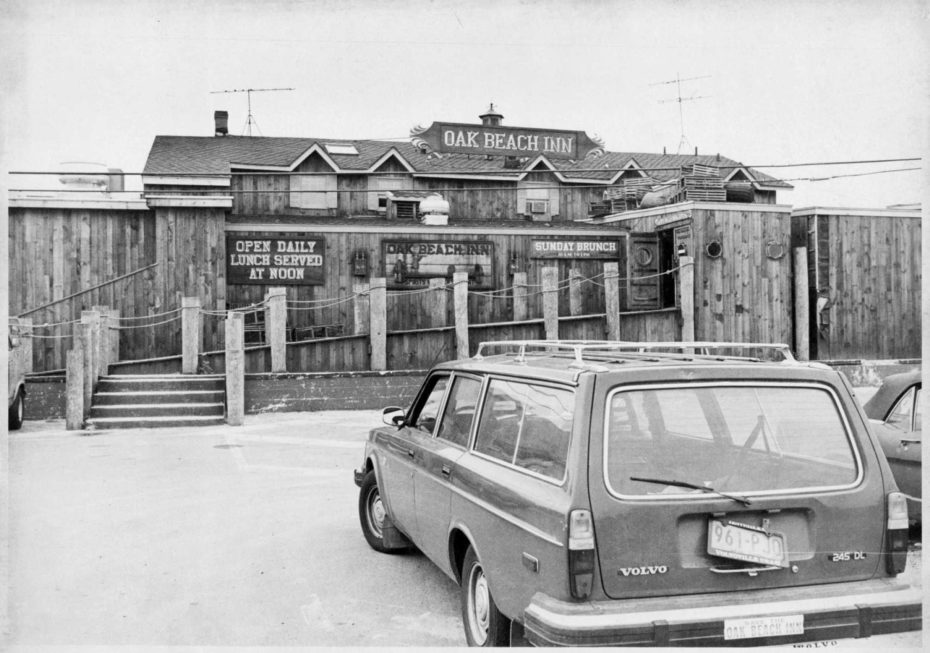
Order one of these at a crowded bar, and heads will likely turn your way. Not for the faint of heart, this heady cocktail of vodka, rum, gin, tequila and triple sec with the smallest splashes of coke is a far cry from iced tea indeed. This five liquored cocktail was actually invented out on Long Island, at the colourful, long since raised to the ground nightspot, the Oak Beach Inn on Fire Island.
Legend has it that this steam-roller of a cocktail was created in 1972 when bartender Bob “Rosebud” Butt won a contest to come up with a drink that had to include Triple Sec as an ingredient. As it looked a bit like a glass of refreshing iced tea, the name stuck, and soon became the drink of choice at the often rowdy beachside nightclub.
As one party goer recalled, “When you arrived by ferry expecting to have a gay old time, that’s what you got. If you didn’t make the last boat back to the mainland, you made your bed in the sand, on someone’s deck, or in the bottom of a Boston Whaler.” Known locally as the OBI, the nightclub was torn down in 2003, the cocktails inventor passing away four years later. Fire Island remains a popular summer destination, known for its ban on cars, (you have to get there by ferry), gay clubs, and pristine beaches. The Long Island Iced Tea might be the perfect accompaniment, but we’d recommend capping it at one or two!
The Pickleback
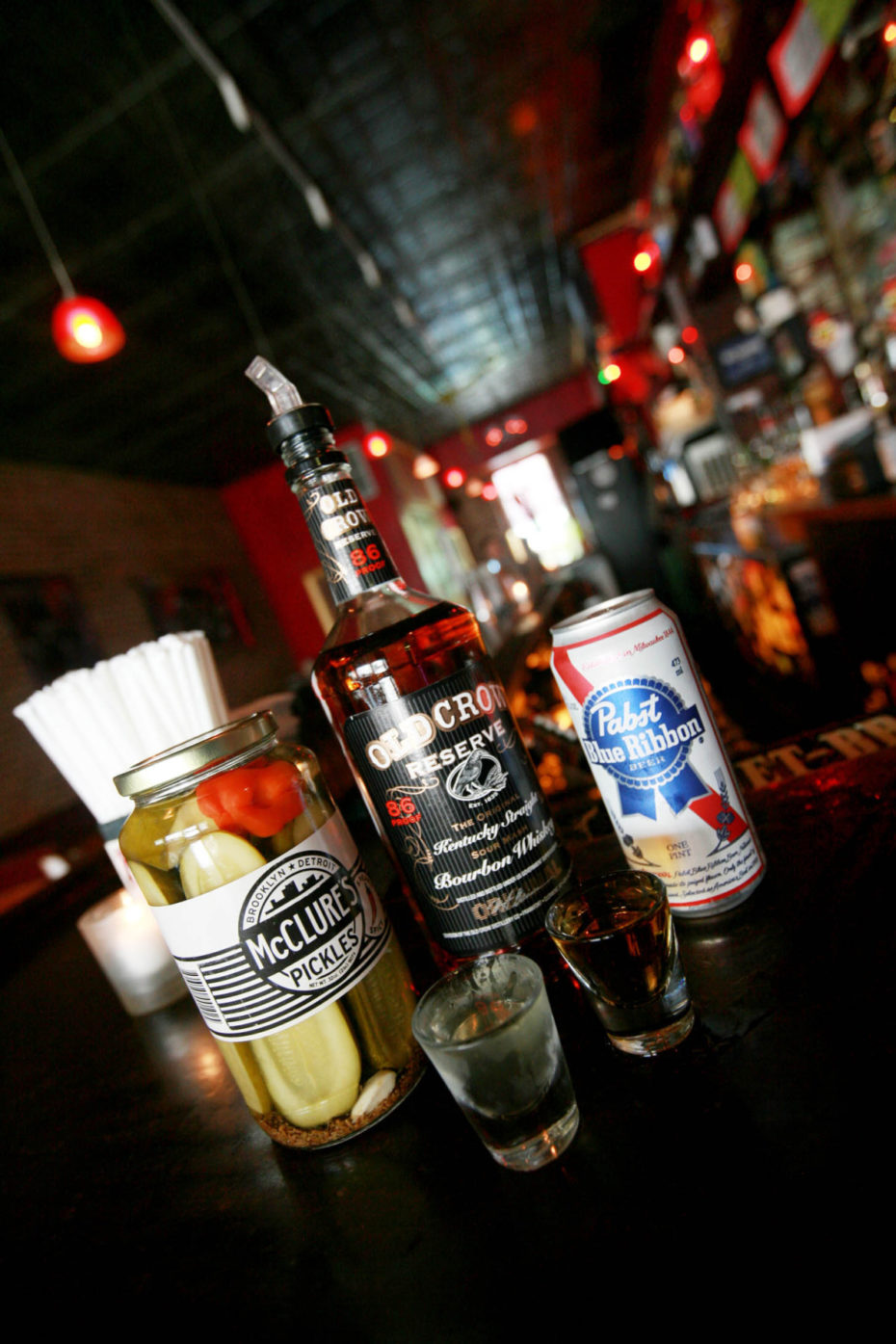
Our final port of call lies at the opposite end of the cocktail spectrum to the refined confines of the likes of the Players, Manhattan Club and the St. Regis. In fact it isn’t really a cocktail at all, but an unusual pairing of drinks that nonetheless has become a staple: the pickleback. Invented at the Bushwick Country Club, it consists in it’s original form, as a shot of Old Crow whiskey followed by a shot of pickle juice as the chaser. It was invented at a dive bar in Williamsburg in the heart of old Brooklyn in 2006, when bartender Reggie Cunningham was somewhat hungover and eating Brooklyn made McClure’s pickles, when a lady from Florida dropped in and challenged him to join her in the somewhat unusual combination of shots.
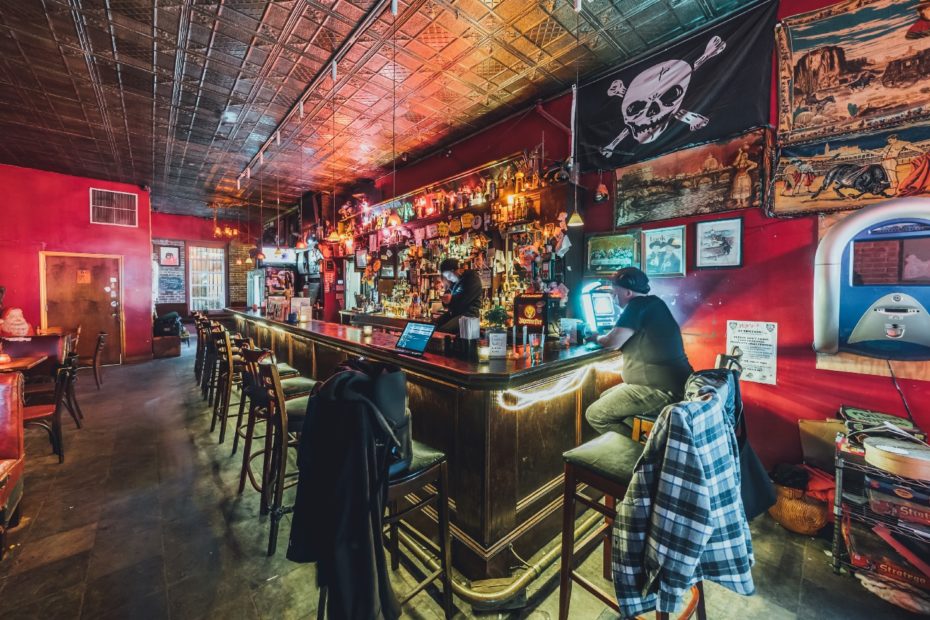
The bar maybe a far cry from an actual ‘country club’, but is a bustling neighbourhood hangout on Grand Street in Williamsburg. You can actually play a round of golf there, only of the mini-variety. The Pickleback is still a popular order, as the bar itself puts it, “It’s sour. It’s briny. For some, it’s nauseating. For others, a godsend.”


